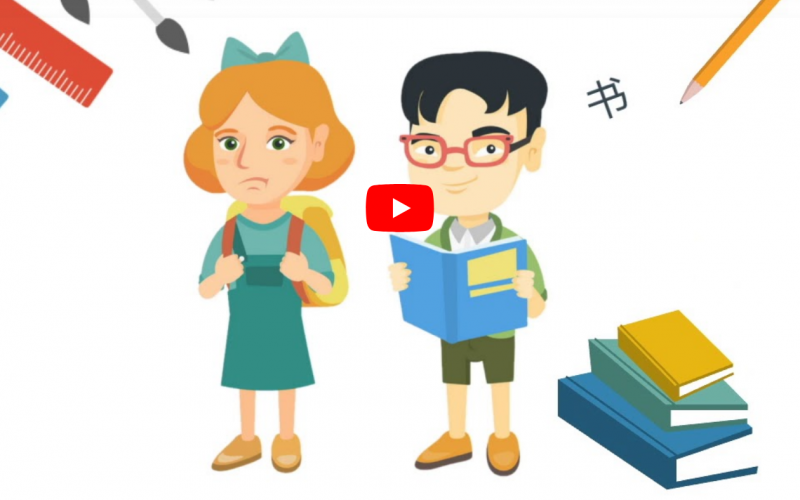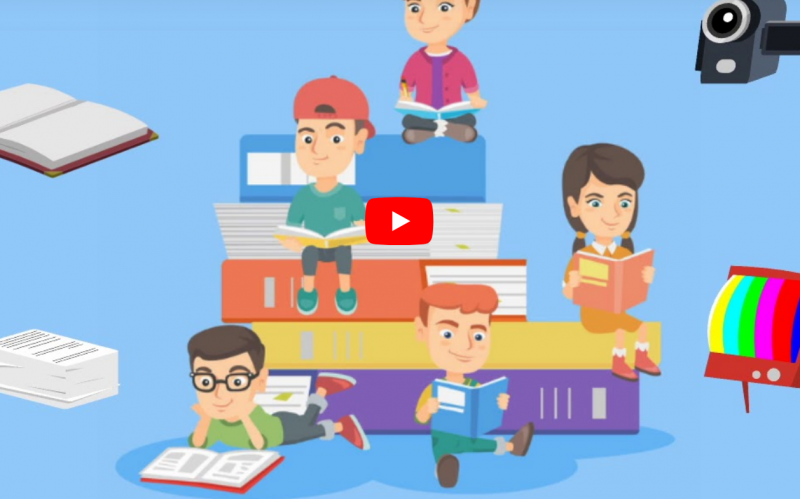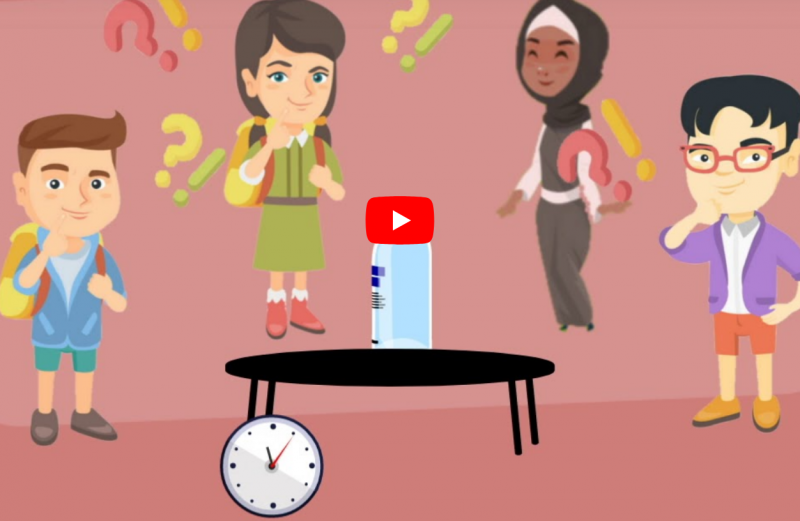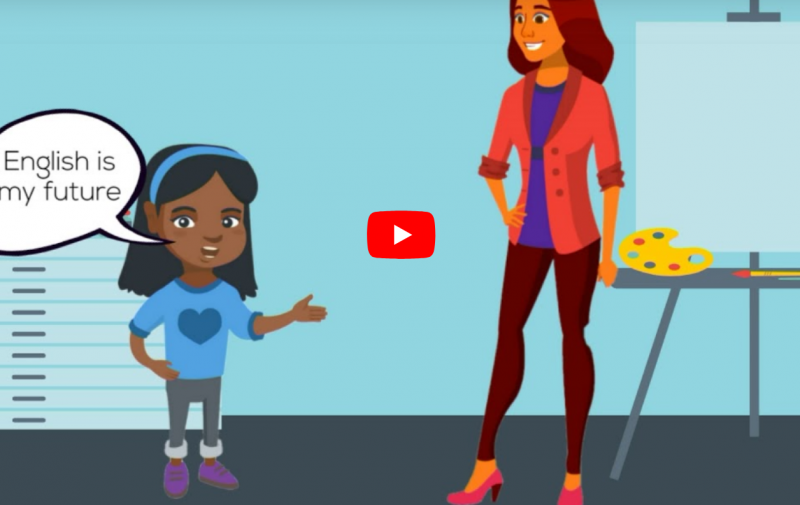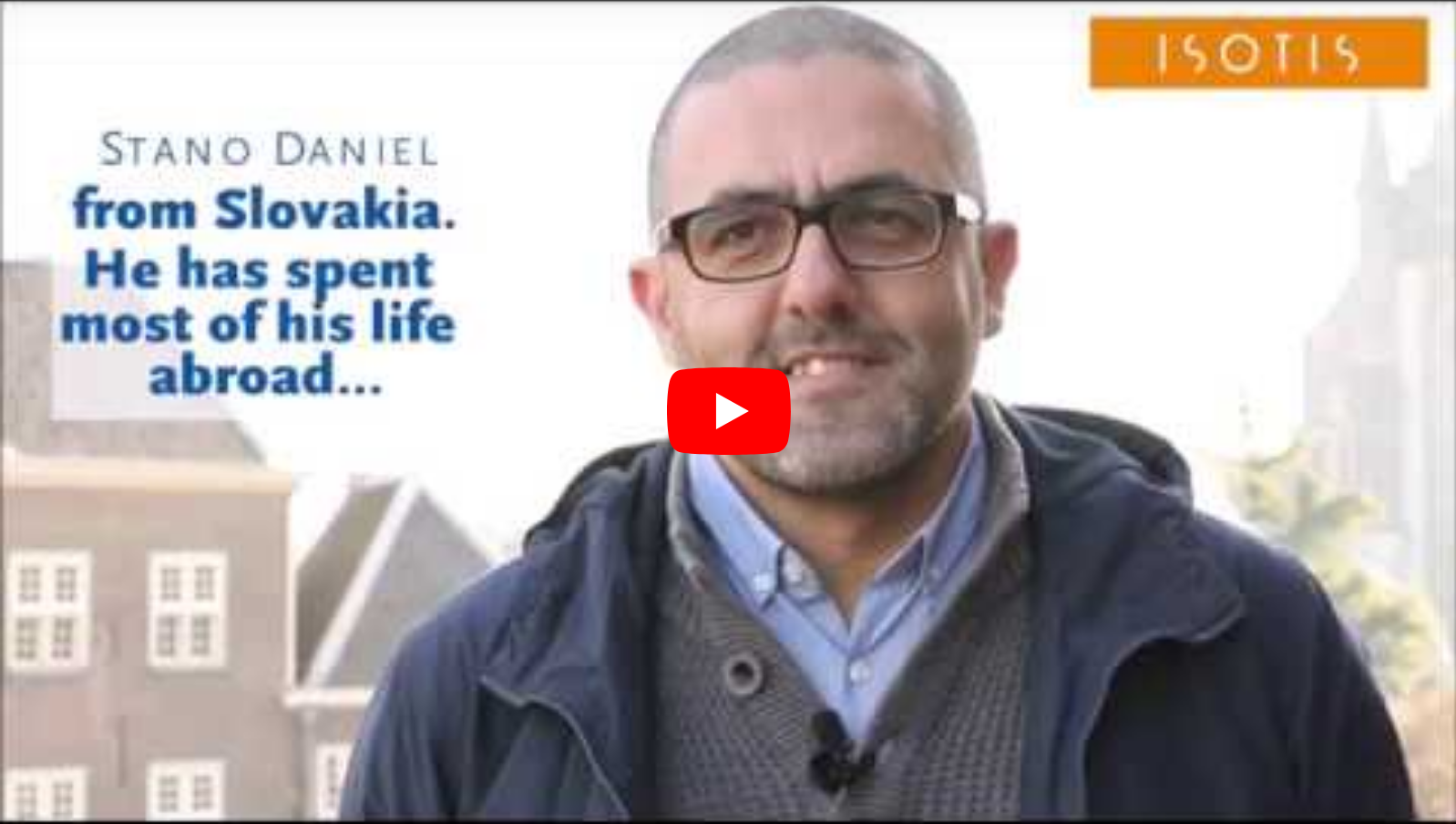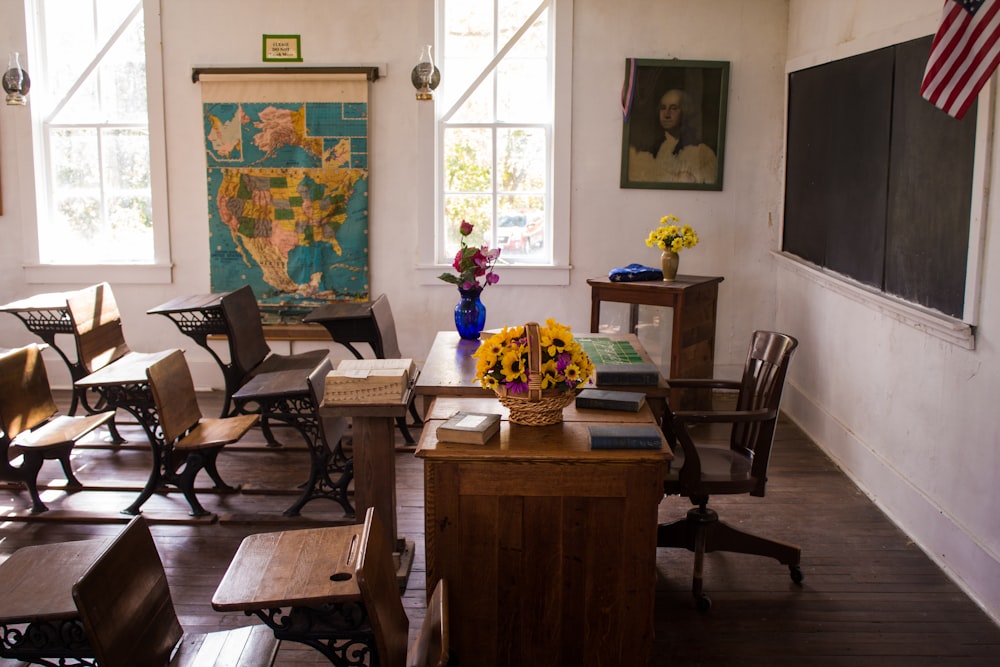Kursthemen
- Förderung von Mehrsprachigkeit in der Familie
- Further videos
- Involving families in exploring linguistic repertoiresInvolving families in exploring linguistic repertoiresTextseiten: 2Forum: 1
Observe and reflect
Before proposing you guidelines for enabling experiences, we invite you to observe and reflect.
What can you do?
- Living with more than one languageLiving with more than one languageBücher: 4Textseiten: 7Interaktiver Inhalt: 1Foren: 5
Did you know?
Living with more than one language can be rewarding yet challenging. It is important that parents know that they are not alone and that they are helped to find a balance between languages that is beneficial for both themselves and their children.

Selected online resources and literature on topics such as 'bilingual development' and 'living as a multilingual family'.
Observe and Reflect
Children in Italy were asked to draw pictures of themselves and their languages. See some examples.
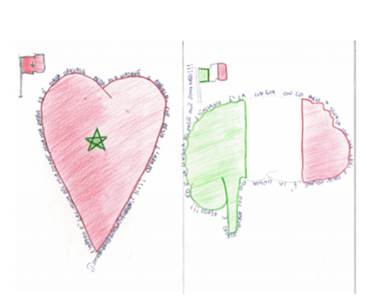
What can you do?
The following activities focus on promoting multilingualism in a way that gets participants to think about their thoughts and feelings towards both their heritage and host language, giving an insight into lives of multilingual/plurilingual families.
Activities which invite parents to share more about themselves with the group

Explore the interactive map by clicking on the hotspots...

In this forum you can introduce yourself to others in the group.

Other Activities to facilitate reflection
The activities in the folder below are designed to stimulate reflections in the group about parents' languages and emotions connected to those languages. Parents are invited to draw pictures, which represent something about themselves and their languages and to share those with the group during the session.


We invite you to create you own language portrait. Here you can find a picture that can help you.
Can you fill in the picture below? It helps you to show how you use the languages you know in your family.
Can you fill in the picture below? It helps you to show how competent you feel in the languages you use, and how you feel about your child's language skills.
Word Bank
A word bank is where examples of language experiences and skills and knowledge in a language are documented and brought together. Below, we have prepared some activities which stimulate parents to create such collections together with their children.
- Can you name the animals?

Do you know the noises those animals make?

Do you recognise those objects? What are they called in your language?
- The benefits of storytellingThe benefits of storytellingBücher: 3Textseiten: 3Interaktive Inhalte: 4Foren: 2
Did you know?
Storytelling is a complex ability that requires key skills. Storytelling activities in early childhood support the development of these key skills and stimulate personal growth.
Read more...

Observe and Reflect
Most probably we all have experiences with oral traditions. As we grew up, we listened to our parents and other relatives and adults telling stories. Those stories can be very personal. Many of us may remember their parents telling them about little events in their life – things that happened to them as they grew up. Some of us might remember situations where their parents spontaneously made up stories. Many stories are passed down through generations. Click on these examples below to share them with the parents in the group and invite shared reflections.
Most probably we all have experiences with oral traditions. As we grew up, we listened to our parents and other relatives and adults telling stories. Many stories are passed down through generations.

Having shared some of these stories with your group of parents, you can use the questions below to guide some reflections in the group.

What can you do?
The following activities focus on the benefits of storytelling and how activities both at home and during course sessions can facilitate children’s language and literacy development.An activity to increase dialogues/language interactions that facilitate children’s language and literacy development.
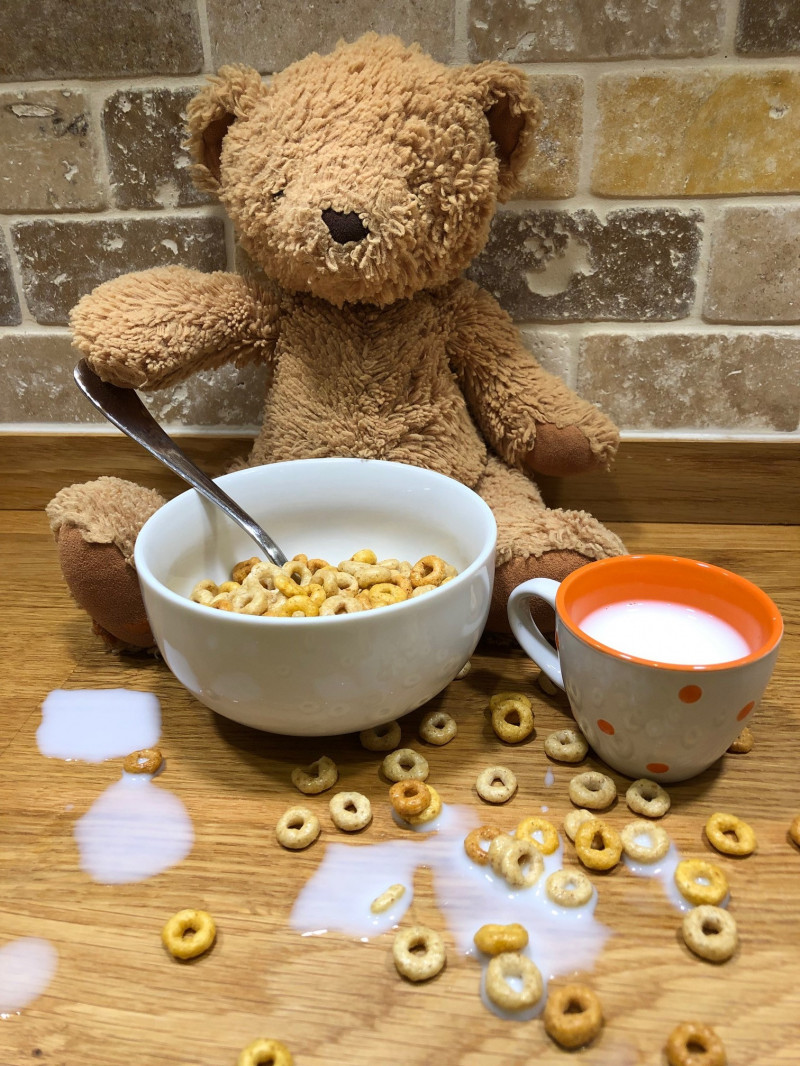
An activity to increase dialogues/language interactions that facilitate children’s language and literacy development.
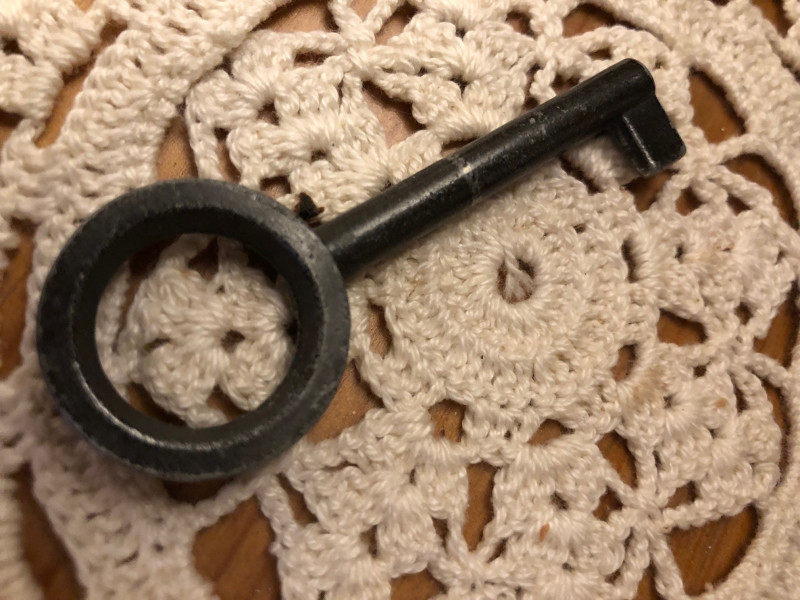
Match each picture to the correct part of the story! Can you complete this traditional tale?

3. Creating your story glove3. Crea il tuo guanto delle storie{mlang it}
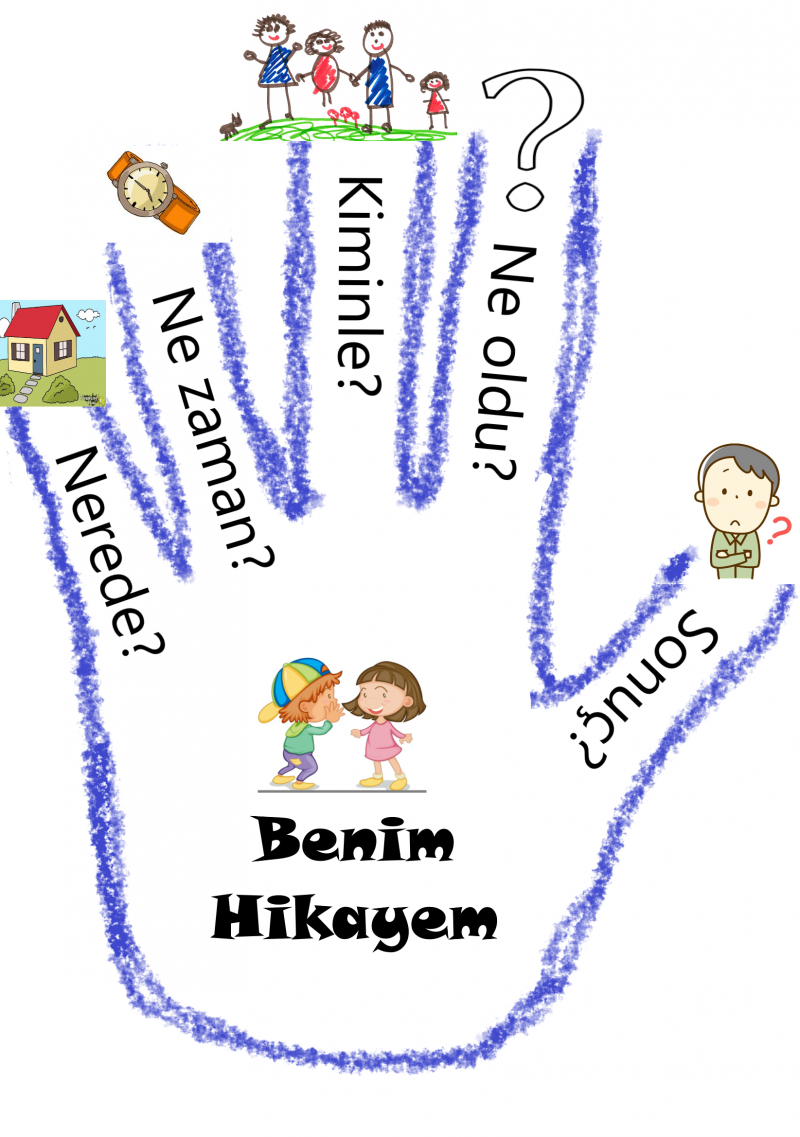
Please post your story here!
- Learning in the early years and in school in EnglandLearning in the early years and in school in EnglandTextseiten: 11Bücher: 2Foren: 3Interaktive Inhalte: 4Test: 1Glossar: 1
Did you know?
When a child starts school, many changes take place, not just for the child. Maybe the family's daily and annual schedules change; maybe the child needs to learn a new language. Oftentimes, past school experiences of the parents highly differ from what the child is going to experience.
Parents with other cultural and language backgrounds appreciate help in getting more familiar with the education systems their children are experiencing. Learning about the curriculum, and finding out about how learning in the early years is conceptionalised in England can be very helpful and benefit parents with other backgrounds. Importantly, learning about the ways in which young children learn also means reflecting on the roles that adults – including parents – play in supporting child learning.
Observe and reflect!
We all have memories from our childhood of our time at school, and hopefully these are fond memories. By sharing these memories with each other, we can learn about different schooling systems around the world and see how they are different to our children's schooling experience in England.View this video and see how classrooms can look like across many different countries!
Do any of those look like the classroom you remember from your primary school years?
Which of the images best reflects your own experience in primary school?
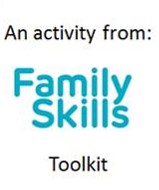
My experiences
School experiences in one country can differ to those in another country. Our experiences are often linked with certain expectations. Based on what we know about educational institutions (early years settings and schools), we expect the school environment to look a certain way, for teachers to behave and interact in certain ways, etc. Sharing ones own experiences in the group can be a good starting point to raise awareness and learn about a different school system.
Here you can find an example of how a school experience in one country can differ to that in another country. Ask the parents in your group to share their own experiences and how they compare to their children's.
Having shared some of these stories with your group of parents, you can use the questions below to guide some reflections in the group.

What can you do?
The following activities focus on encouraging confidence amongst parents when it comes to understanding their children's preschools and schools. The activities should help parents' understanding of the curriculum and the education system in England.Learning through play
The concept of learning through play can be quite alien to parents with very different school experiences. The activities below invite parents to reflect on what children can learn when engaging in play activities, and to try out some play activities at home with their children.



School subjects and information
Being introduced to the English education system can be a lot to take in for parents, but there is a lot of information out there to help - it's just learning where to look!
Use the matching activity to test your knowledge of the different subject names.


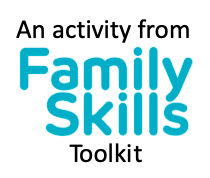

Answer the following questions about the primary education system to test your knowledge of key terms and concepts - don't worry if you get things wrong, you can always try again and it's good practice to help you remember!
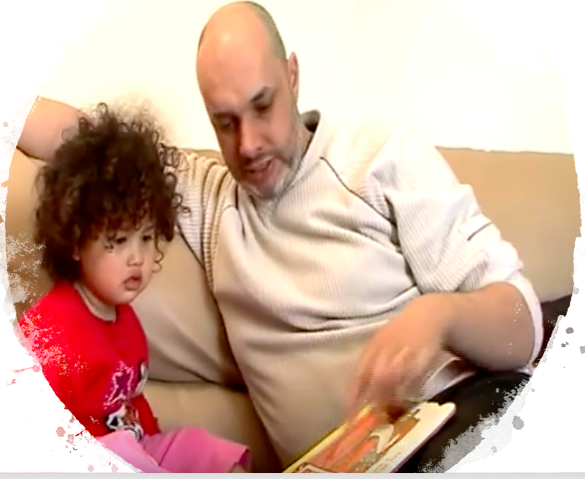
Video: National Literacy Trust
Match Book to Description 1
Match Book to Description 2

- Supporting multilingual approach and competencesSupporting multilingual approach and competencesBücher: 2Textseiten: 4Glossar: 1
My first words in my first languages
Group activity, a class or afternoon club creates the portfolio of pictures of first words, accompanied by the multilingual legend
- Förderung von Mehrsprachigkeit in der FamilieFörderung von Mehrsprachigkeit in der FamilieInteraktive Inhalte: 7Textseiten: 5Foren: 2Aufgabe: 1
Wussten sie schon?
Mehrsprachigkeit und Spracherwerb
Viele Kinder wachsen mit mehreren Sprachen auf: zu Hause sprechen sie eine oder sogar mehrere Sprachen mit ihrer Familie und wiederum Deutsch sprechen sie in der Kita, mit Freunden in ihrer Freizeit oder in der Schule. Viele Eltern fragen sich wie sie ihr Kind sowohl in der Familiensprache und als auch in der deutschen Sprache unterstützen können. Man kann grundsätzlich sagen, dass Kinder mit einem hohen Niveau in ihrer Familiensprache auch in ihrer Zweitsprache Deutsch ein größeres Vokabular entwickeln als Kinder mit einem niedrigen Niveau in ihrer Familiensprache. Daher ist es sehr hilfreich, wenn das Kind in seiner Familiensprache oft und abwechslungsreich spricht. Dies kann zum einen gefördert werden, indem mit dem Kind im Alltag gezielt viel gesprochen wird, zum Beispiel beim Kochen oder Einkaufen gehen. Zum anderen können Eltern auch aktiv werden, indem sie mit ihrem Kind ein Buch lesen und dem Kind zum Inhalt des Buches Fragen stellen.
Übergang in die Grundschule
Wenn ein Kind in die Schule kommt, bedeutet das eine Menge an Veränderungen, nicht nur für das Kind. Vielleicht verändert sich der Tages- und Jahresablauf der Familie, vielleicht muss das Kind eine neue Sprache erlernen. Häufig sind die früheren Schulerfahrungen der Eltern deutlich anders als das, was das Kind erwartet. Daher müssen auch die Eltern erst einmal lernen, was normal und passend für das schulische Umfeld des Kindes ist. Auf jeden Fall lernt das Kind viele neue Kinder kennen und es muss sich an die Schulstrukturen, wie z.B. Hausaufgaben, gewöhnen. Dazu kommt, dass in der Schule oft Welten aufeinanderprallen, mit denen das Kind klarkommen muss. Dem Kind schon früh einen wertschätzenden Umgang mit anderen Kulturen und Lebenswelten zu vermitteln, ihm gleichzeitig aber auch genug Selbstbewusstsein zu vermitteln für das zu stehen, was ihm selbst wichtig ist, ist wichtig für ein gutes soziales Miteinander.
Beobachte und Überlege!

Hier finden Sie kleine Geschichten und Fragen, die einen zum Nachdenken über Mehrsprachigkeit in der Familie und Schule anregen können.
- Hier finden Sie Ideen für ein Gruppengespräch über Mehrsprachigkeit und den Übergang in die Grundschule.

Was können sie machen?
Hier finden Sie zwei verschiedene Aktivitäten, die mit Mehrsprachigkeit und dem Übergang in die Grundschule zu tun haben: eine Persönliche Schatztruhe und ein selbst gestaltbares Memory.
Aktivität 1: Persönliche Schatzkiste
Diese Aktivität schafft Bewusstsein für und Sichtbarkeit von verschiedenartigen Familien- und Herkunftskulturen. Sie kann genutzt werden, um auf die Schule vorzubereiten, weil sie Identität und die Wertschätzung diverser Hintergründe stärkt und weil sie Kindern hilft, in Worte (verschiedener Sprachen) zu fassen, wer sie sind und was ihnen wichtig ist. Des Weiteren fördert die Aktivität Interaktion und Austausch sowohl zwischen Betreuungsperson und Kind als auch zwischen Familien.Im Folgenden finden Sie:- Voraussetzungen für die Durchführung der Aktivität,- einen vorgeschlagenen Ablauf, wie die Aktivität im Kurs durchgeführt werden kann,- ein Beispiel für eine Persönliche Schatzkiste,- eine Schablone zum selbst Gestalten,- ein Diskussionsforum zum Thema und- eine Anleitung, wie man die Schatzkiste individualisieren kann.
AKtivität 2: Ein MEMORY selbst gestalten
Das Memory-Spiel fördert die Wertschätzung und den Erwerb verschiedener Sprachen und erleichtert auf spielerische Weise den Übergang in die Schule. Diese Aktivität stimuliert die Interaktion zwischen Elternteil und Kind. Es stärkt die häusliche Lernumgebung durch Gespräche z.B. über schulrelevante Themen. Das Memory Game soll die Sprachkompetenz in der Erst- und Zweitsprache fördern und die Familien auf die Schule vorbereiten.
Im Folgenden finden Sie:
- Voraussetzungen für die Durchführung der Aktivität
- ein vorgeschlagener Ablauf, wie die Aktivität im Kurs durchgeführt werden kann.
- ein Beispiel für ein Memory Spiel,
- eine Vorlage, um ein Memory-Spiel selbst zu gestalten,
- ein Diskussionsforum für den Austausch von Bildern und Ideen,
- eine Anleitung, wie man ein Memory-Spiel selbst gestaltet.
Dieses Memory-Spiel ist eine Inspiration wie so ein Spiel aussehen könnte.Das ist meine Idee für ein Memory-Spiel.
Dies ist ein Ort für den Austausch von Ideen, Bildern und Fragen.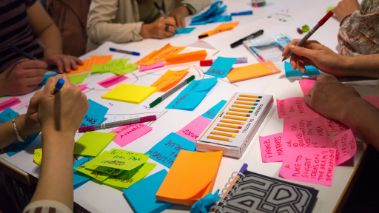 Klicken Sie auf Beeba --> Google Translate -->[Ihre Sprache] für bestimmte Übersetzungen der Folien.
Klicken Sie auf Beeba --> Google Translate -->[Ihre Sprache] für bestimmte Übersetzungen der Folien.
